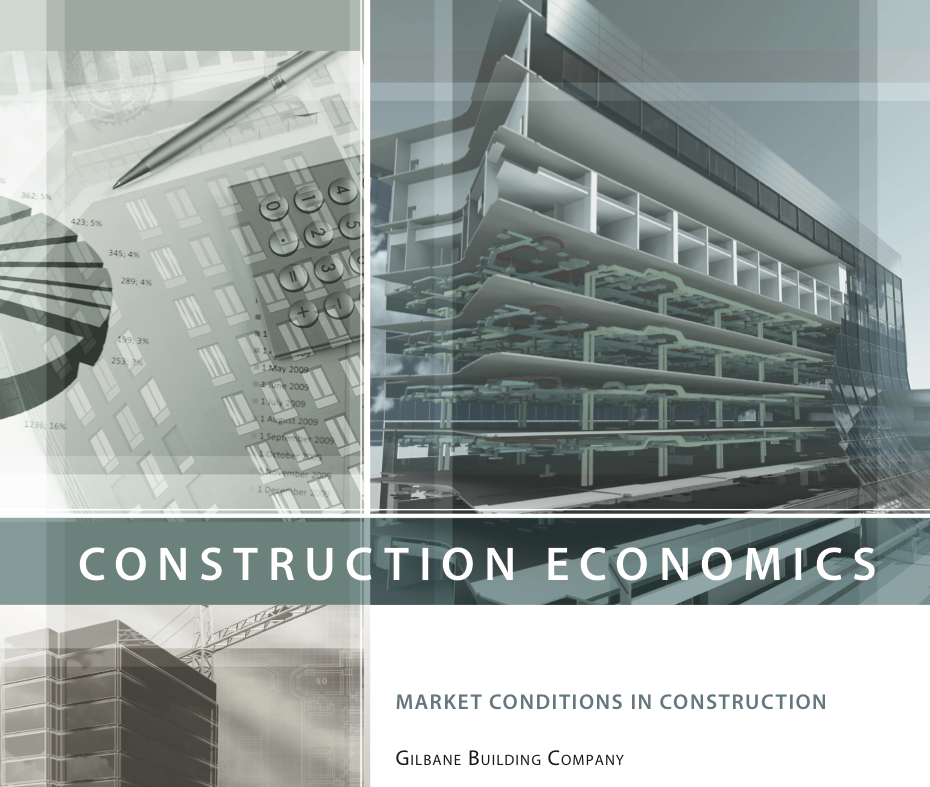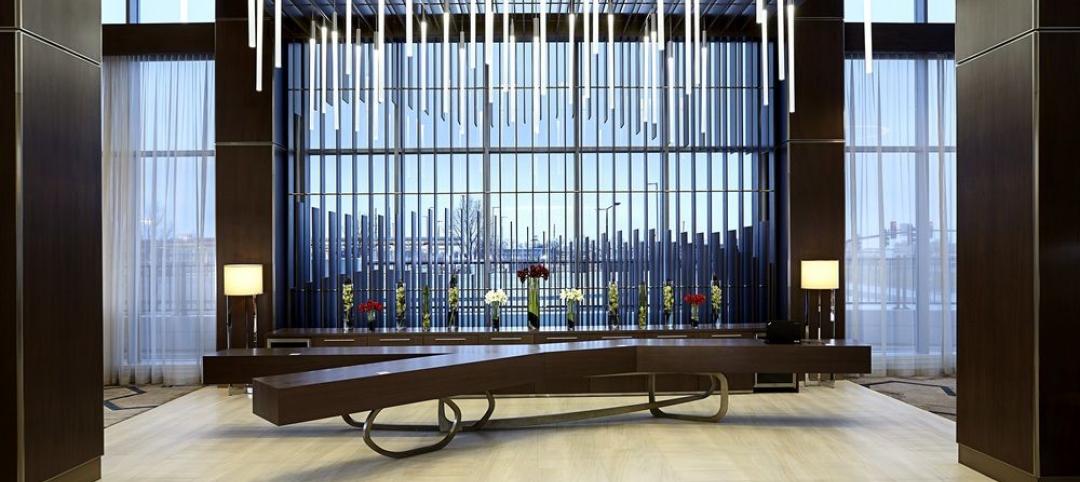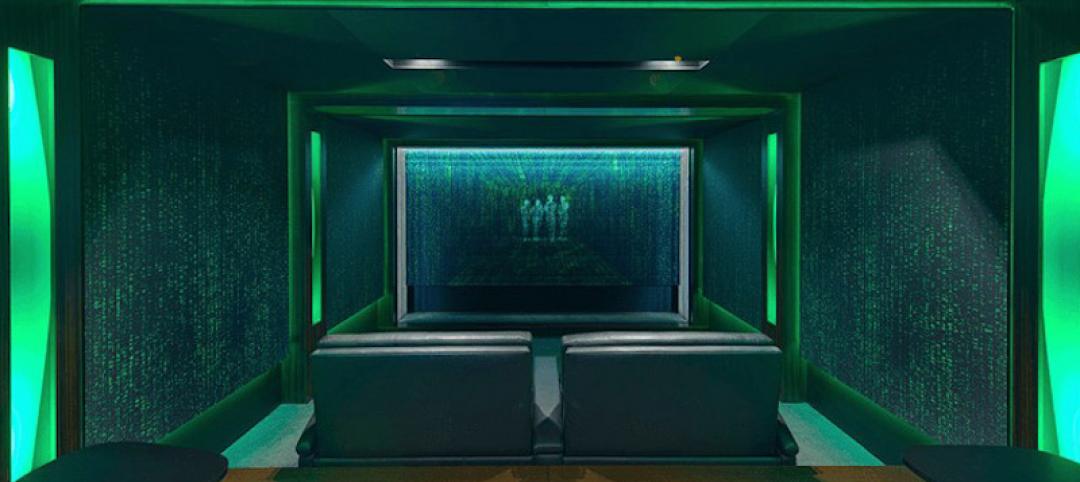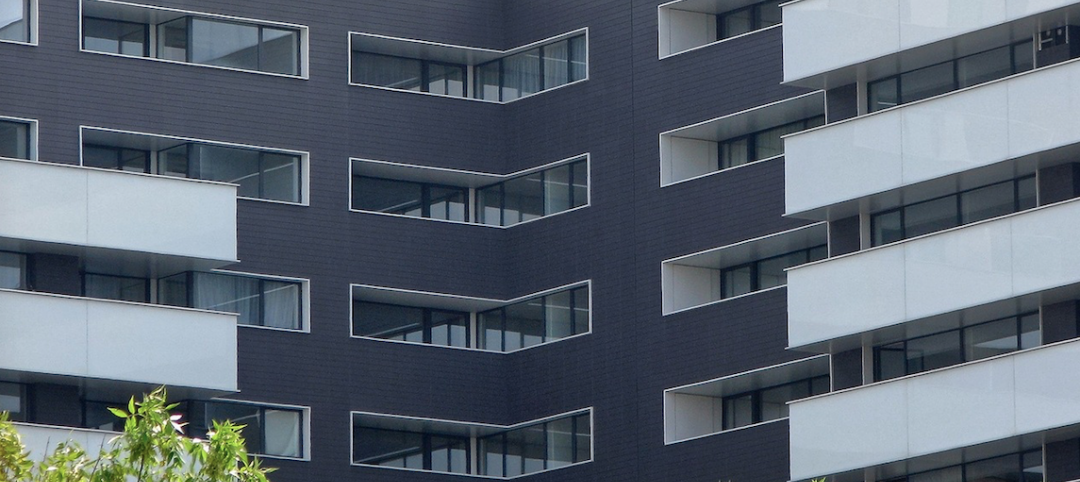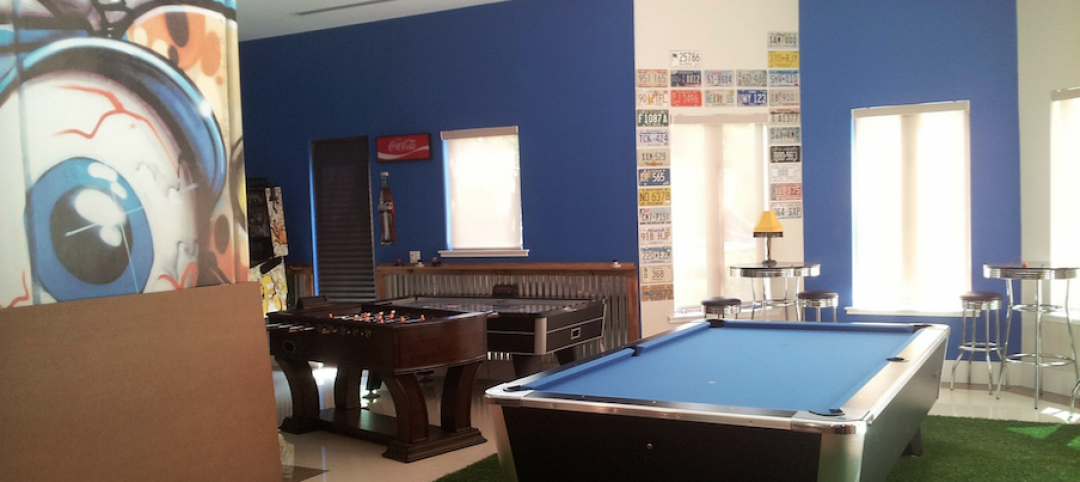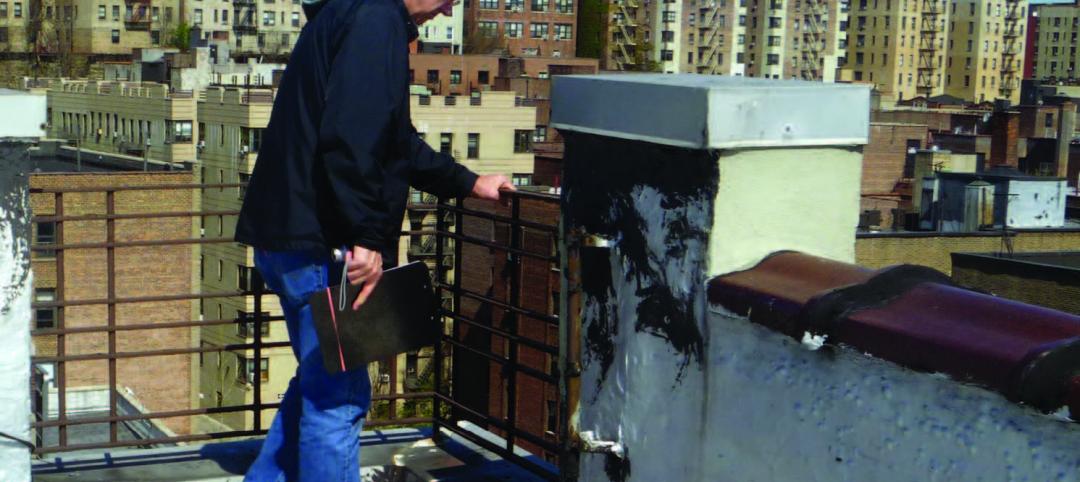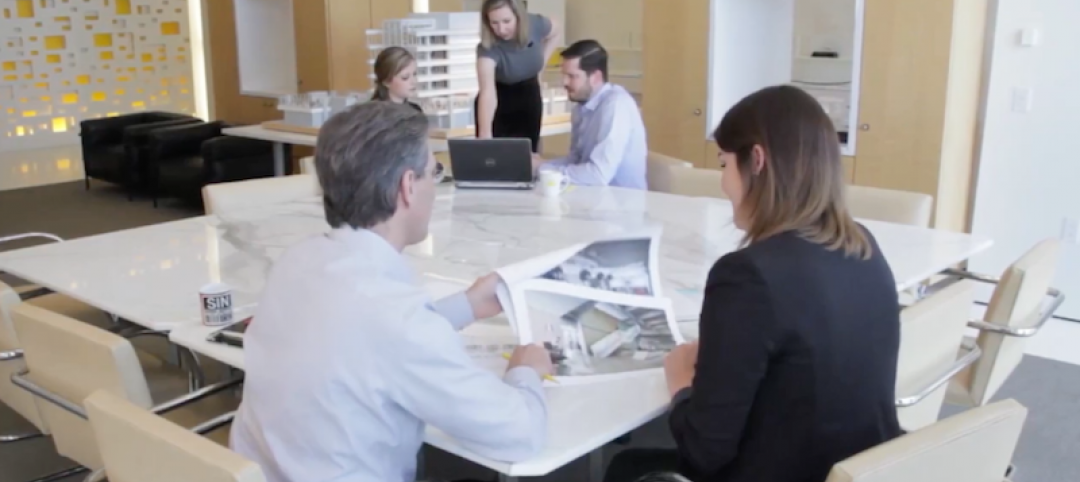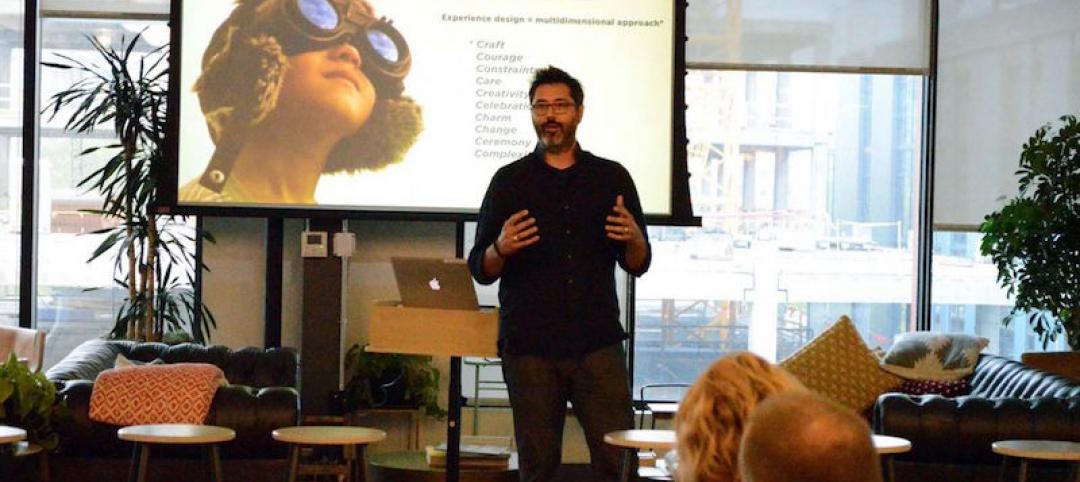The construction sector in the nine states with 50% of construction employment was up 169,000 jobs from February to September 2012, following a lost of 137,000 jobs from September 2011 to January 2012.
That’s one of the key findings of “Construction Economics: Market Conditions in Construction” (November 2012), by Gilbane Building Co., Providence, R.I. The construction management giant found several others reasons to report that construction growth was looking up:
- Construction spending for nonresidential buildings should be up 4.9% in 2012 over 2011, to $297 billion. Residential should be up 12% YOY, putting total building construction ahead 8% for the year.
- Construction starts are increasing at a slow but upward rate, while backlog duration is also increasing. As a result, contractors are feeling somewhat more comfortable passing along material cost increases.
- Overall construction spending for 2013 should be up another 4.9%, with residential building dollars up 11%.
- Top sectors: healthcare and education, accounting for 40% of nonresidential building spending.
The Gilbane report drops the other shoe with several negative findings. For one, publicly funded work will likely be down in 2013 due to the paucity of bond issues passed in the November election period: about $30 billion, compared to more than $60 billion in 2008.
Moreover, spending on public construction has declined 5% YOY and was expected to finish 2012 12% below the 2009 peak. The Gilbane report forecasts a further drop in public construction in 2013, for the fourth consecutive year.
And while there has been some recent hiring, the construction workforce has lost 2.25 million, or 29%, in recent years. “It will be many years before the entire workforce grows back to its previous level,” the Gilbane report says.
More info: info.gilbaneco.com/Portals/160261/docs/economicreportwinter2012.pdf. +
Related Stories
Lighting | Aug 2, 2017
Dynamic white lighting mimics daylighting
By varying an LED luminaire’s color temperature, it is possible to mimic daylighting, to some extent, and the natural circadian rhythms that accompany it, writes DLR Group’s Sean Avery.
Healthcare Facilities | Aug 2, 2017
8 healthcare design lessons from shadowing a nurse
From the surprising number of “hunting and gathering” trips to the need for quiet spaces for phone calls, interior designer Carolyn Fleetwood Blake shares her takeaways from a day shadowing a nurse.
Sponsored | Architects | Aug 2, 2017
Are visual ergonomics the new key to project delivery?
An Australian Home Theater Company is out to prove that the easier you can see it, the easier you can sell it.
Multifamily Housing | Jul 27, 2017
Apartment market index: Business conditions soften, but still solid
Despite some softness at the high end of the apartment market, demand for apartments will continue to be substantial for years to come, according to the National Multifamily Housing Council.
Multifamily Housing | Jul 27, 2017
Game rooms and game simulators popular amenities in multifamily developments
The number of developments providing space for physical therapy was somewhat surprising, according to a new survey.
Building Enclosure Systems | Jul 26, 2017
Balcony and roof railings and the code: Maintain, repair, or replace? [AIA course]
Lacking familiarity with current requirements, some owners or managers complete a roof or balcony rehabilitation, only to learn after the fact that they need to tear noncompliant railings out of their new roof or terrace and install new ones.
Office Buildings | Jul 26, 2017
Meeting space leads to innovation
PDR Principal Larry Lander explains how to design for workplaces where four generations are working together.
Architects | Jul 25, 2017
AIA 2030 Commitment expands beyond 400 architecture firms
The 2016 Progress Report is now available.
Multifamily Housing | Jul 19, 2017
Student housing trends: The transformation of co-living in college
The Student Hotel is representative of a new model for delivering housing solutions for students globally.
Designers | Jul 19, 2017
5 laws every designer can live by
What is design? Who are designers? And are there any common laws or rules than can unite the many types of design that exist?


